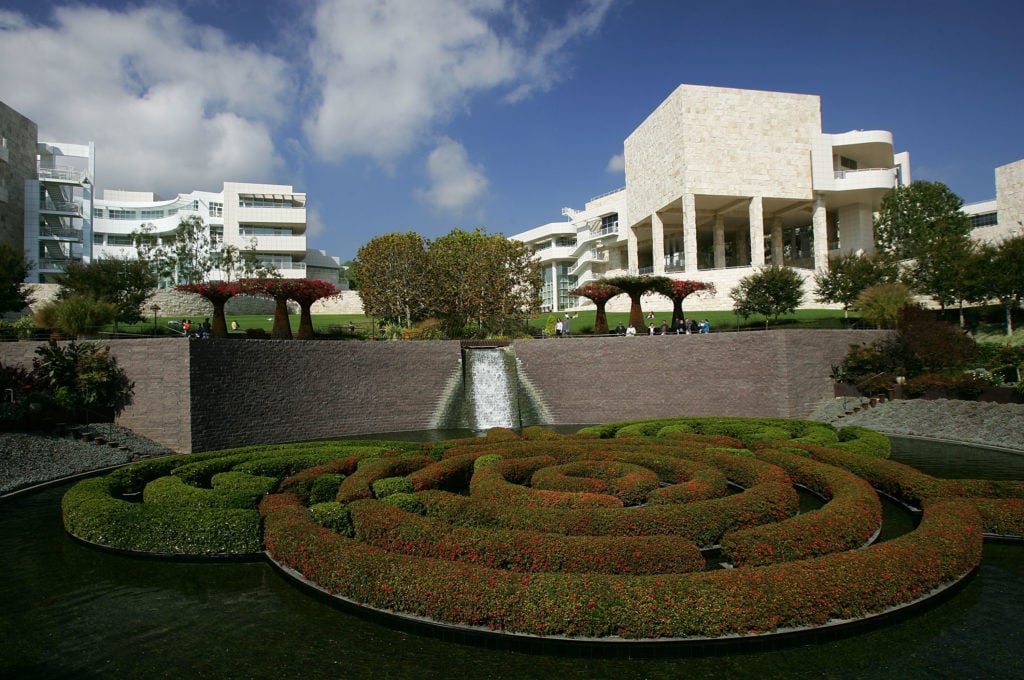Art World
A Seismic Collaboration: LA’s Getty Museum Teams Up With the Greek Government to Protect Art From Earthquakes
The joint research project could save thousands of priceless objects in earthquake-susceptible regions.

The joint research project could save thousands of priceless objects in earthquake-susceptible regions.

Scientists say instances of natural disasters such as earthquakes, tsunamis, and volcanic eruptions will increase in the future as the effects of climate change begin to take hold. To prepare for that reality, the J. Paul Getty Museum in Los Angeles, the Greek government, and the National Technical University of Athens have teamed up to help museums protect their collections from earthquakes in a joint research project signed on Tuesday.
The Getty and the Hellenic Ministry of Culture and Sport have collaborated on exhibitions since signing a cultural cooperation deal in 2011. But this marks the first time that the two institutions—both based in regions that are particularly susceptible to natural disasters, especially earthquakes—have formally worked together on a joint project.
The mission of the collaborative effort is to develop improvements to the Getty’s signature isolator mounts and seismic mitigation bases—which prevent rare and priceless art objects from tumbling off of their pedestals. At the conclusion of the partnership, a new prototype will be constructed to incorporate the areas of improvement identified as a result of the research.
Speaking to artnet News, the Getty’s senior mount maker McKenzie Lowry explained that, in the event of an earthquake, the current devices in use at the Getty allow a pedestal or display case to remain virtually stationary while the ground shakes underneath it. The devices aren’t perfect, Lowry admits, but they can reduce acceleration forces caused by earthquakes by up to 90 percent. “It’s a substantial reduction of one of the most destructive forces,” he says.
The main goal of the research project is to improve on the model—specifically, to explore methods for decoupling in a vertical axis and to account for up and down movement. It also aims to find ways to reduce the cost of the devices; at between $15,000–20,000 per unit, only the Getty’s most vulnerable pieces can be supported currently.
According to the Getty’s director Timothy Potts, the museum has been developing such devices for 30 years and has considerable expertise in the field. Together with Vlasis Koumousis, a specialist in art-related earthquake mitigation technology at the National Technical University of Athens, the results of the 18-month Getty-funded research project could save thousands of priceless objects from destruction in earthquake-susceptible regions. Up to 10 of the resulting devices will be installed at the National Archaeological Museum in Athens when the research collaboration concludes.
“The J. Paul Getty Museum has played a leading role in the development of seismic mitigation bases for museum collections, which we have shared with a number of institutions around the world,” Potts said in a statement. “While this will be of immediate benefit to our Greek colleagues, the results of this research will also benefit museums around the globe.”